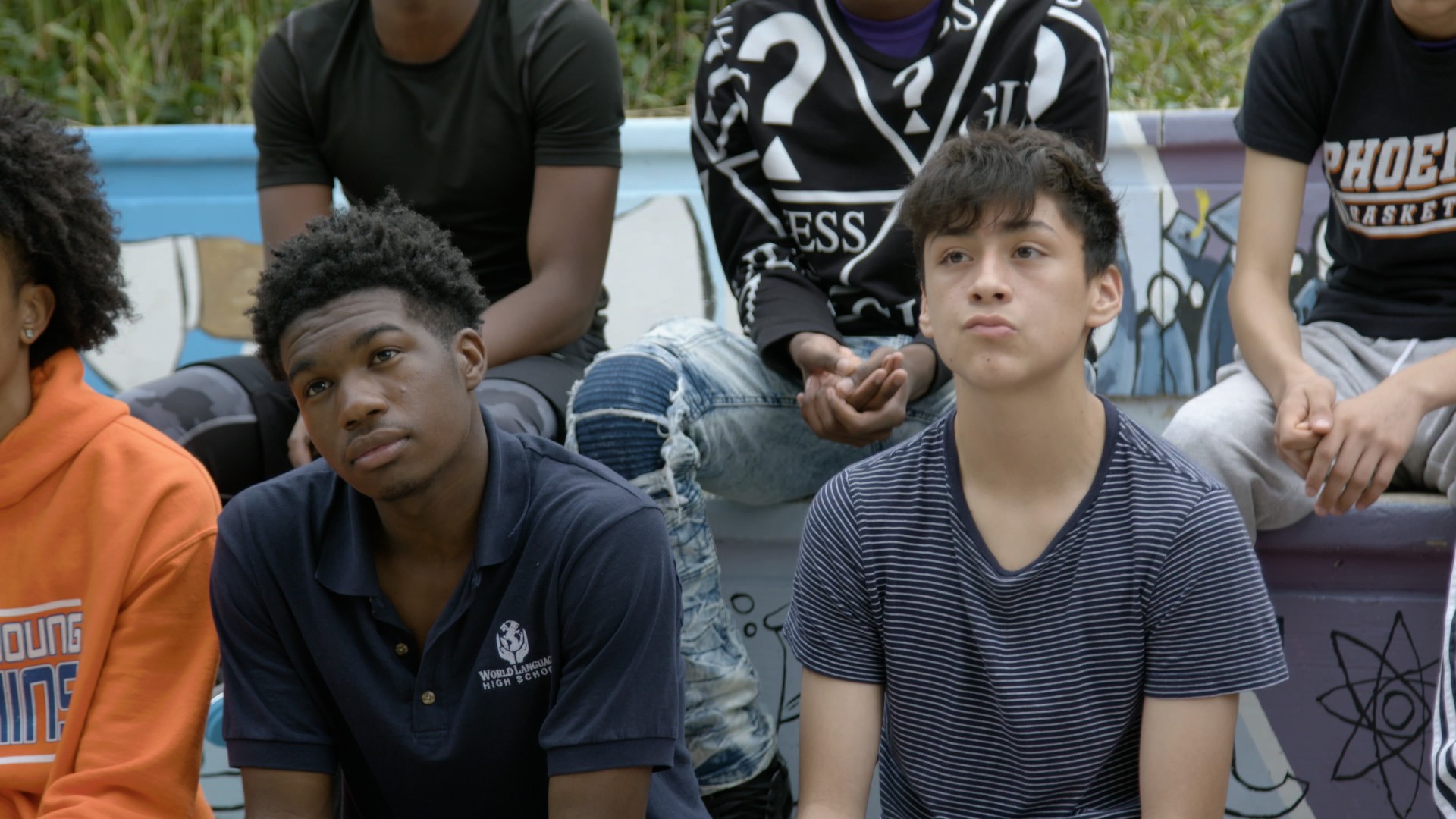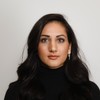I’ve never had a nickname, except for “mosqueets,” a not-so-subtle ode to the meagre A cups resting on my chest that, some would say, resemble mosquito bites. The name was bestowed on me during a lunch break in Grade 9. I was wearing my fave, skin-tight Hollister shirt that accentuated my non-curves and a bra that was more padding than boob. I felt delusionally skinny-thicc. That’s when one of my (former) guy friends pointed at my tit, snickered, and said, “What up, mosqueets?” Nice.
Advertisement
The encounter sent me down a spiral typical for women: about 70 percent of women feel dissatisfied with their breast size, which likely accounts for climbing rates of boob jobs. If I never developed a chest, I thought, would anyone ever find me attractive? Devastated, I vowed to grow bigger boobs, spending my remaining teenage years chasing any and all pursuits—save for implants—that would turn my kiwis into grapefruits. My first move was to try birth control, even though, as a late bloomer, I really didn’t need it. I dated a guy in junior high for, like, two weeks, before ending it when he tried to hold my hand. As if I’d have sex. But some of my friends who were already using birth control claimed their ta-tas e x p l o d e d, so I decided to jump on the bandwagon. My family doctor prescribed Yasmin, a low-dose birth control pill that, I’d later learn, was featured in misleading advertisements claiming the medication acted like a catch-all against pregnancy, acne, and PMS. (Later, reports detailing 23 deaths related to Yasmin and its sister pill, Yaz, surfaced.) It took six months before a frustrated, 15-year-old me conceded that the pill would not kick-start my puberty. It turns out that the idea that birth control increases breast size stems mostly from myth and carries unnecessary risk if you don’t need contraception. So, I got off the pill, even though my story was only just beginning.A quick Google search will pull up a never-ending list of pseudoscience for women looking to grow their breasts “naturally,” including eating foods high in estrogen, like lentils, yams, and soy milk. Do you know how much soy milk you need to drink to get tits? This guy who drank three cartons of soy milk per day developed gynecomastia and breast tenderness, but his chest didn’t suddenly sprout voluptuous moobs. VICE looked into the ol’ soy-causes-boobs theory in 2016, which I happened to read in Polish during a trip to Warsaw. To my dismay, the piece concluded there’s basically no way a normal person can develop breast tissue from diet.
My first move was to try birth control, even though, as a late bloomer, I really didn’t need it. I dated a guy in junior high for, like, two weeks, before ending it when he tried to hold my hand. As if I’d have sex. But some of my friends who were already using birth control claimed their ta-tas e x p l o d e d, so I decided to jump on the bandwagon. My family doctor prescribed Yasmin, a low-dose birth control pill that, I’d later learn, was featured in misleading advertisements claiming the medication acted like a catch-all against pregnancy, acne, and PMS. (Later, reports detailing 23 deaths related to Yasmin and its sister pill, Yaz, surfaced.) It took six months before a frustrated, 15-year-old me conceded that the pill would not kick-start my puberty. It turns out that the idea that birth control increases breast size stems mostly from myth and carries unnecessary risk if you don’t need contraception. So, I got off the pill, even though my story was only just beginning.A quick Google search will pull up a never-ending list of pseudoscience for women looking to grow their breasts “naturally,” including eating foods high in estrogen, like lentils, yams, and soy milk. Do you know how much soy milk you need to drink to get tits? This guy who drank three cartons of soy milk per day developed gynecomastia and breast tenderness, but his chest didn’t suddenly sprout voluptuous moobs. VICE looked into the ol’ soy-causes-boobs theory in 2016, which I happened to read in Polish during a trip to Warsaw. To my dismay, the piece concluded there’s basically no way a normal person can develop breast tissue from diet.

The pill
Soy milk
Advertisement
Not to brag, but the writer should have saved his time and just asked me. As a lifelong vegetarian, I’ve been drinking and eating heaps of soy products since childhood and—I cannot stress this enough—still don’t have boobs.Trust me when I say I tried nearly every titty-triggering strategy I could find online as a teenager. A few scammy sites advertise expensive ointments and lotions for their almost mythical ability to make bosoms swell. I can’t even remember the name of the oil I repeatedly rubbed around my bust, but it obviously didn’t work.Around the time I tried rubbing cream on my chest, I also hit the gym. The one semi-reliable tip online recommends women with small nubs build their pecs. That way, boobs appear fuller, even if breast tissue doesn’t develop.To be honest, the most realistic strategy—building muscle—was too much work and I didn’t commit enough to determine whether stronger pectorals would make my boobs look good. I’m a millennial. I wash the feet of Immediate Gratification with my tears.Fake-It-Till-You-Make-It seemed like my only realistic remaining option.I lived out my high school years in a Victoria’s Secret push-up bra that increased my cup size by two letters. You know, the type that basically screams “spend $80 and you can have a bigger teat, as a treat.” I also cried a lot. Then, at 17, I met my mom’s massage therapist, a Dutch woman over 50 who owned a series of 70s-era massage tools.“I can give you boobs,” she said, deadpan.
Creams
Exercise
Push-up bra
Advertisement
